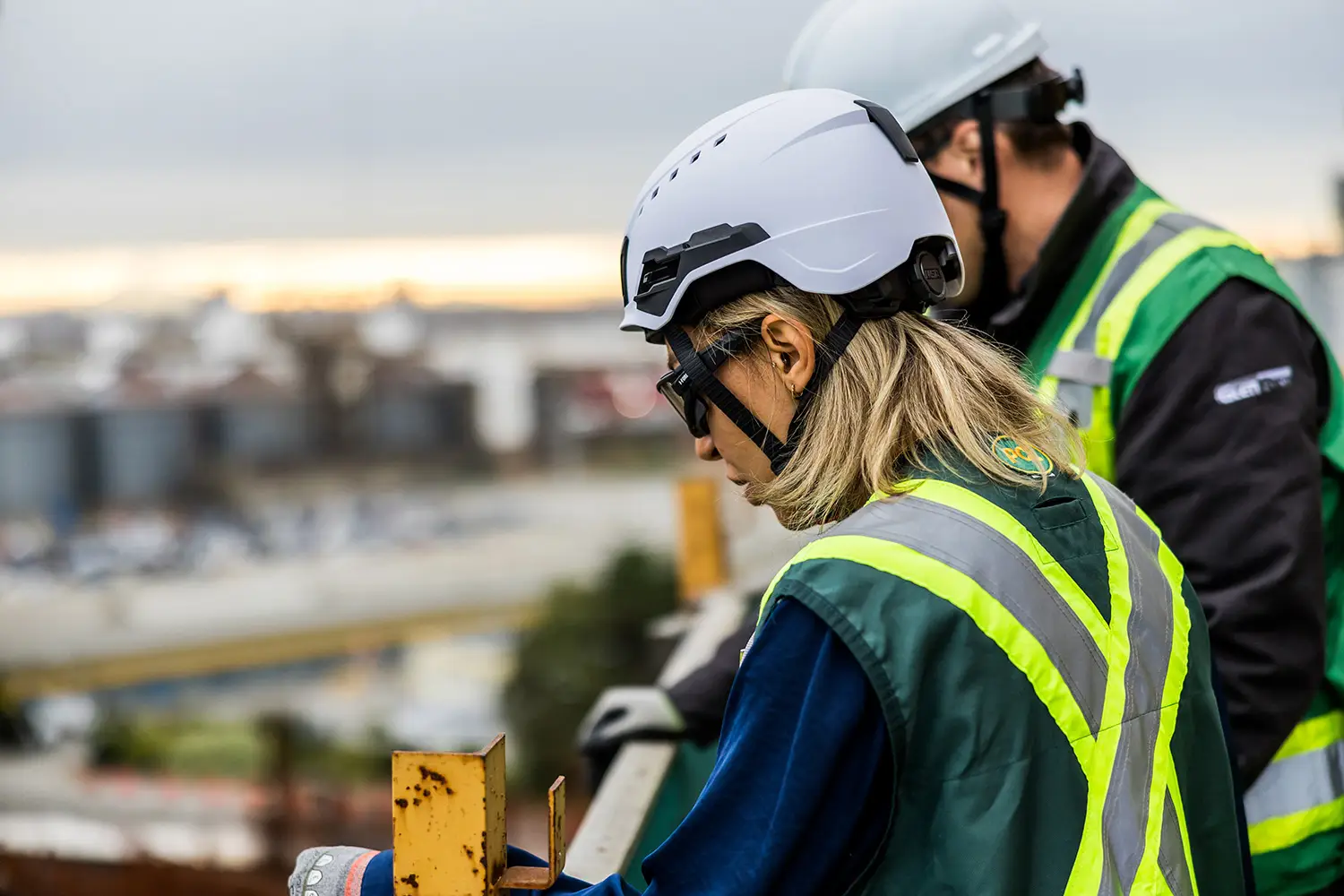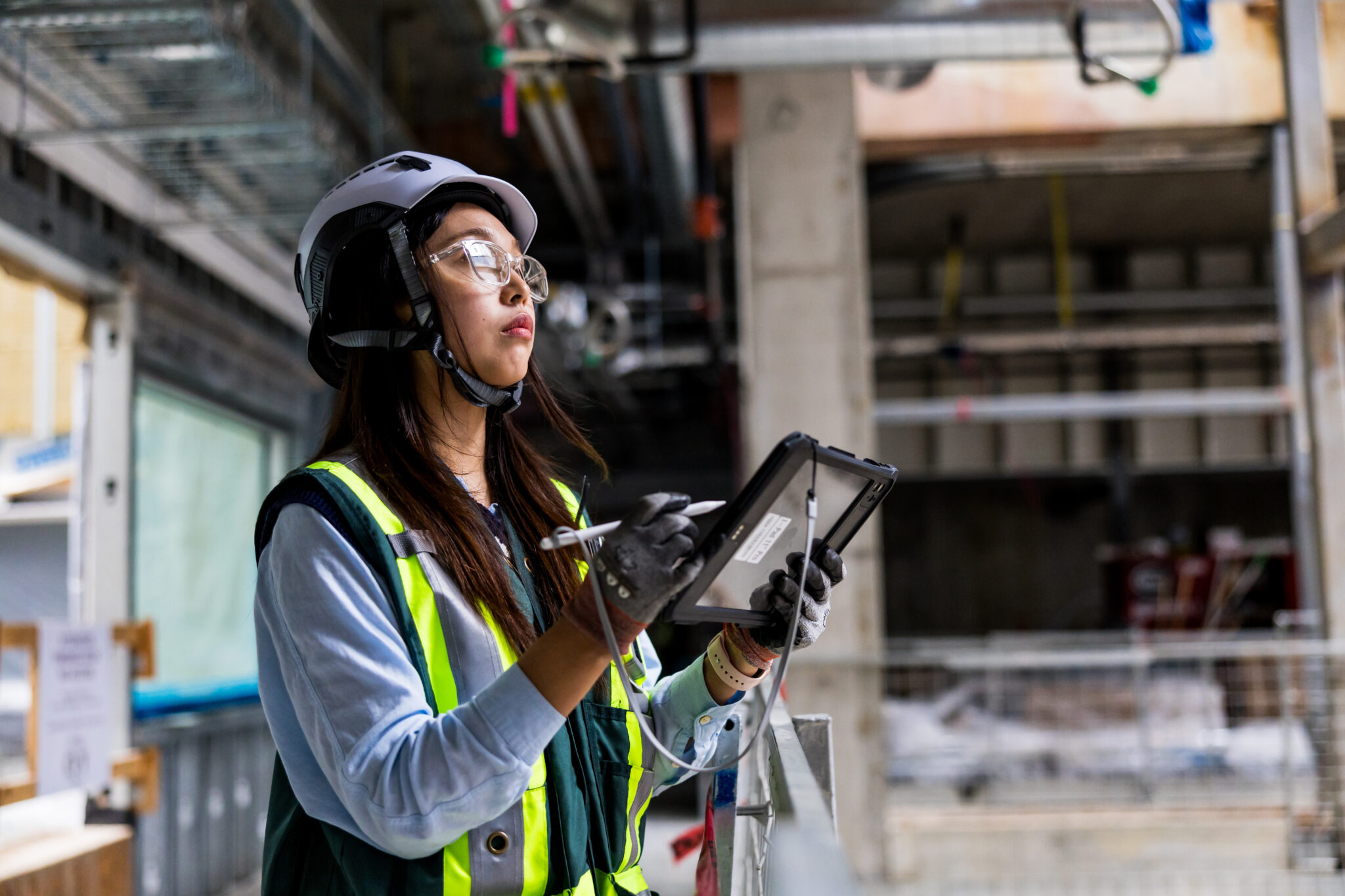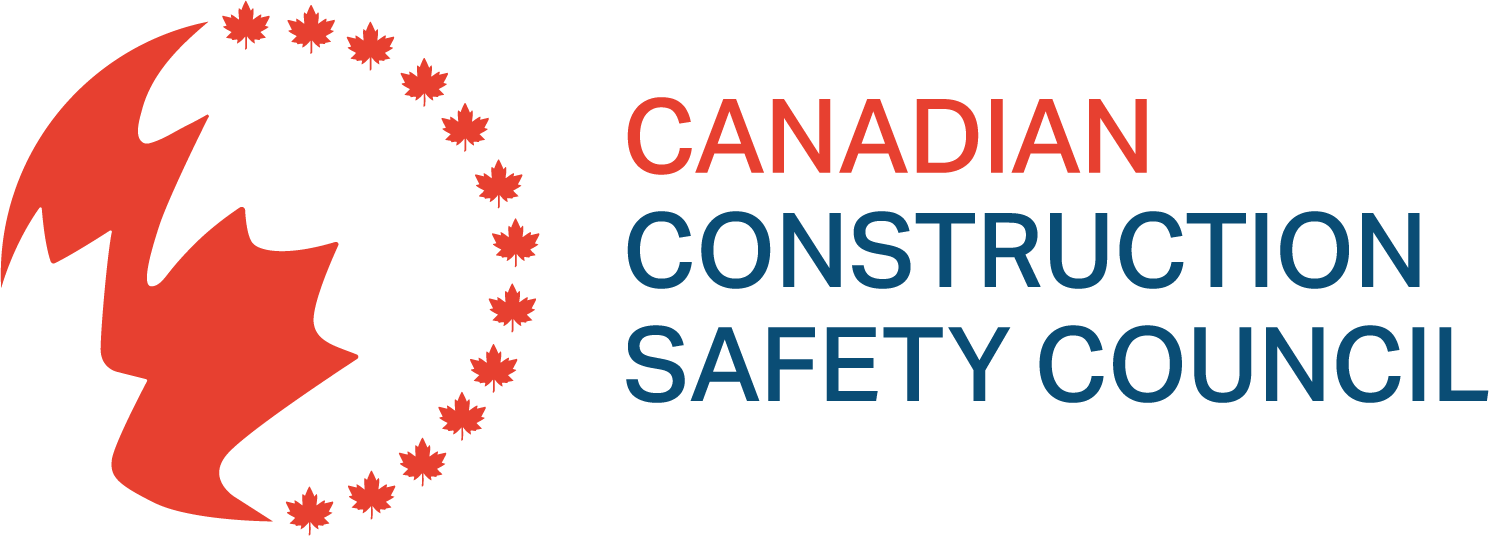Emphasizing Safety in Construction
In the dynamic world of construction, prioritizing safety is not just a regulatory requirement; it is a business imperative. Serious Injury and Fatality (SIF) prevention is critical, forming the backbone of a culture that prioritizes workers’ well-being and the industry.
Building a Safer Future
By collectively embracing enhanced safety standards, our member companies are building a culture of prevention that prioritizes the health and well-being of every worker.
2025 Achievements
CCSC and its member organizations are in the process of implementing the following safety standards to reduce critical injuries on our projects.
Six-Foot Fall Protection Rule
Falls remain one of the leading causes of severe injuries and fatalities in construction. By implementing stringent fall protection measures at the six-foot threshold, such as installing guardrails, safety nets, and personal fall arrest systems, companies can significantly reduce the risk of catastrophic incidents. Comprehensive training and awareness among all workers ensure that the workplace becomes a safer environment where every worker feels valued and protected.


Transition to Safety Helmets with Chin Straps
Traditional hard hats can easily be dislodged during a fall or impact, rendering them ineffective. Safety helmets with chin straps offer a more secure fit, ensuring that head protection remains intact during unforeseen falls or impacts. This shift represents a commitment to adopting best practices that align with the highest safety standards globally, setting a new benchmark for head protection that reduces head injuries and saves lives.
Proactive Implementation of Level 4 Cut-Resistant Gloves
Construction work often involves handling sharp tools and materials, posing a constant threat of lacerations and severe hand injuries. Level 4 cut-resistant gloves provide superior protection, helping to mitigate these risks and ensure that workers’ hands are safeguarded against the harshest conditions. By standardizing the use of these gloves, construction companies demonstrate a proactive approach to injury prevention, fostering a culture where safety is ingrained in every task, no matter how routine.

A Unified Commitment to Safety
The collective alignment with these advanced safety measures—six-foot fall protection, safety helmets with chin straps, and level 4 cut-resistant gloves—heralds a transformative shift in the construction industry. It reflects a unified commitment to elevating safety standards and creating a work environment where the risk of serious injuries and fatalities is minimized. This alignment requires concerted efforts from all stakeholders, including management, safety officers, and workers, to ensure that these measures are not only implemented but also rigorously adhered to.
Our 2025 Current Focus Areas: Advancing Safety Together
Our current priorities reflect the most pressing risks in construction safety today. Through research, data-driven decision-making, and cross-industry collaboration, we intend to work together to make a tangible impact in the following areas:
Critical Risks & SIF Prevention
We are identifying and addressing high-risk activities associated with serious injuries and fatalities. By sharing best practices and data insights, we are working to reduce incidents across the industry.
q4 2025
Dropped Object Prevention (Stop the Drop Initiative)
We are aligning and promoting strategies to prevent dropped object incidents, ensuring safer work environments at height and those below.
Q1 2026
Temporary Works
Given the significant role temporary structures play in worksite safety, we developing more detailed guidance to improve the planning and execution of work associated with temporary works.
Q2 2026
High Energy Control Assessment (HECA)
We are researching the potential benefits and implementation of HECA, to enhance high energy risk identification and prevent high energy-related incidents.
2025-2026
Working Around Mobile Equipment
By refining best practices and researching how technology can assist, we aim to minimize risks and reduce serious incidents associated with mobile equipment operations.
Q4 2025
National COR ISO Reciprocity
We are advocating for a streamlined certification process across provinces, reducing redundancy and ensuring a more effective and unified safety standard.
2025-2026
Mental Health
We are promoting a coordinated approach to mental health awareness, ensuring workers have access to education, resources, and support systems.
Q3 2026
Exclusion Zones
Given the importance of exclusion zones as a critical control for many high-risk activities, we are aligning on a common definition, risk levels and best practices to standardize across the industry.
Q1 2026
Future Focus Areas
Together, we are shaping a safer future for the construction industry. Through collaboration, innovation, and leadership, CCSC continues to raise the bar for safety excellence across Canada.
Looking ahead, our future focus areas include:
HSE Training
Strengthening and aligning on a unified standard for training programs to drive a consistent standard of health, safety, and environmental training across all job sites.
Subcontractor Performance
Aligning safety standards beyond CCSC member organizations to improve subcontractor safety.
Climate Change-Related Hazards
Exploring how evolving work environments and climate-related risks impact job site safety and require new adaptive measures.
Fleet and Driver Safety
Setting expectations and aligning driver safety training to reduce vehicle-related incidents and improve overall road safety.
Legal Disclaimer
The Canadian Construction Safety Council (CCSC) is a collaborative group of contractors dedicated to advancing industry-wide safety practices. The focus areas outlined on this website represent shared objectives and areas of interest for research, discussion, and potential industry-wide improvement. However, implementation strategies, specific programs, and safety initiatives may vary across individual CCSC member organizations.
Each company remains independently responsible for developing and enforcing its own safety policies, procedures, and compliance measures in accordance with applicable laws, regulations, and corporate governance. The CCSC does not mandate or oversee the adoption of specific programs within its member organizations or other contractors, nor does it assume liability for individual company safety practices or outcomes.
For detailed information on safety initiatives within a specific organization, please refer to that company’s official policies and guidelines.
